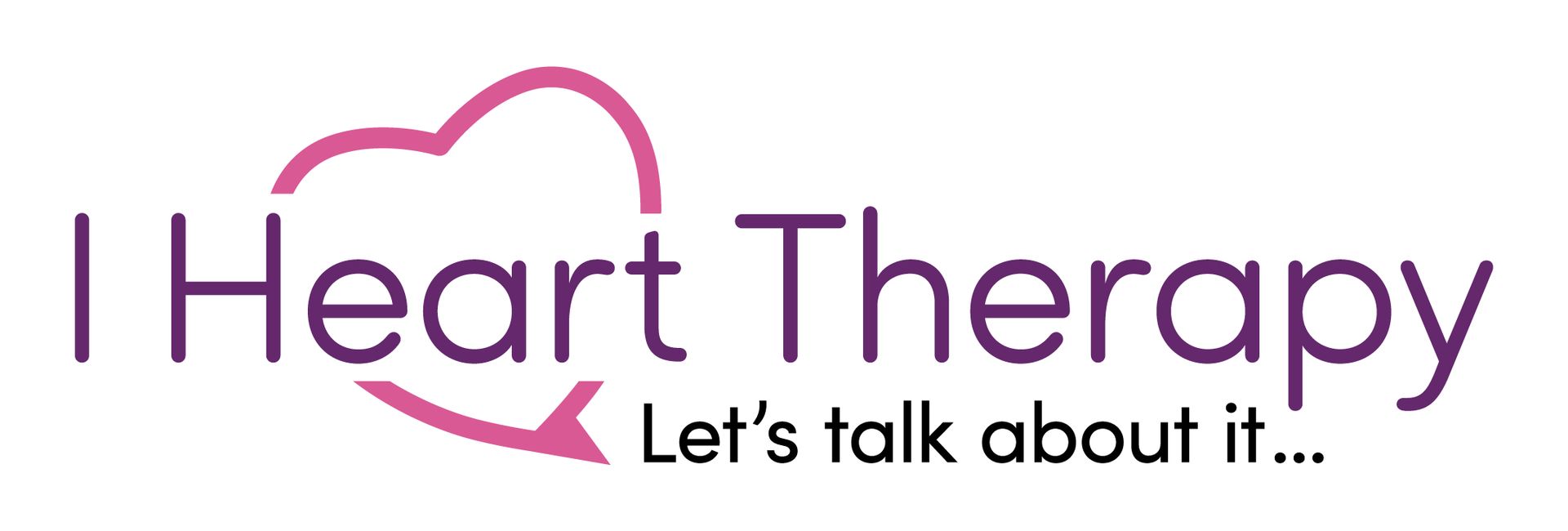The Power of Mindful Communication in Relationships
Effective communication is the cornerstone of any healthy relationship. Whether it's with a partner, friend, or family member, how we communicate can either strengthen our bonds or create unnecessary tension and misunderstanding. In our fast-paced lives, it's easy to fall into the trap of distracted or surface-level communication, which can lead to disconnection and frustration.
Mindful communication offers a powerful alternative. By being fully present and intentional in our interactions, we can foster deeper understanding, empathy, and trust in our relationships. In this blog, we'll explore the key components of mindful communication, including active listening, expressing needs clearly, and practicing patience. These techniques can help you connect more meaningfully with the people you care about, improving the quality of your relationships.
1. The Art of Active Listening
Active listening is a fundamental aspect of mindful communication. It goes beyond merely hearing the words someone is saying—it involves fully engaging with the speaker, understanding their message, and responding thoughtfully.
Key Techniques:
- Give Your Full Attention: When someone is speaking to you, put away distractions like your phone or TV. Make eye contact and focus on what they are saying.
- Listen Without Interrupting: Resist the urge to jump in with your thoughts or solutions. Allow the speaker to express themselves fully before responding.
- Reflect Back: After the speaker has finished, summarize what you heard to ensure you understood correctly. For example, "What I’m hearing is that you’re feeling overwhelmed at work—is that right?"

2. Expressing Needs Clearly and Kindly
Another crucial component of mindful communication is the ability to express your own needs and feelings clearly and kindly. Often, misunderstandings arise when we assume others know what we need or when we communicate in a way that is unclear or overly emotional.
Key Techniques:
- Use "I" Statements: Instead of blaming or accusing, focus on how you feel and what you need. For example, "I feel [emotion] when [situation] because [reason]. What I need is [specific request]."
- Be Specific: Vague statements can lead to confusion. Clearly articulate what you need or expect from the other person.
- Practice Compassion: Approach conversations with a sense of empathy, considering how the other person might feel. This helps in maintaining a kind tone even when discussing difficult topics.
Affirmation: "I express my needs clearly and with kindness, respecting both myself and others."
3. Practicing Patience in Communication
Patience is an often-overlooked aspect of communication, but it's essential for fostering understanding and preventing conflicts. When we rush through conversations or react impulsively, we miss the opportunity to fully understand the other person's perspective and respond thoughtfully.
Key Techniques:
- Take a Breath Before Responding: Before reacting to something that triggers you, take a deep breath. This gives you a moment to process what was said and respond calmly.
- Acknowledge Different Perspectives: Understand that others may see things differently from you, and that's okay. Patience allows you to consider these differences without judgment.
- Give Space When Needed: If a conversation is becoming heated, it's okay to take a break and revisit the topic later when both parties are calmer.
Affirmation: "I practice patience in my communication, allowing space for understanding and compassion."

4. Creating a Safe Space for Open Dialogue
For mindful communication to thrive, it’s important to create an environment where all parties feel safe to express themselves. This involves being non-judgmental, showing respect, and encouraging openness.
Key Techniques:
- Avoid Judgment: Approach conversations with an open mind, refraining from judging or criticizing the other person’s thoughts or feelings.
- Show Empathy: Try to understand things from the other person’s perspective. Empathy is key to building trust and connection.
- Encourage Openness: Let the other person know that they can speak freely and that their thoughts and feelings are valued.
- Affirmation: "I create a safe and open space for honest communication, where understanding and empathy flourish."
Strengthening Relationships Through Mindful Communication
Mindful communication is a powerful tool for nurturing and strengthening relationships. By practicing active listening, expressing needs clearly, being patient, and creating a safe space for dialogue, you can foster deeper connections and resolve conflicts more effectively.
Incorporate these techniques into your daily interactions and watch how they transform your relationships. Remember, communication is not just about exchanging words—it’s about connecting on a deeper level, understanding each other, and growing together.
Start implementing these mindful communication techniques today and see the positive impact they can have on your relationships. For more insights and tips, stay tuned to our upcoming blogs and follow us on social media!
How To Cultivate Hope



